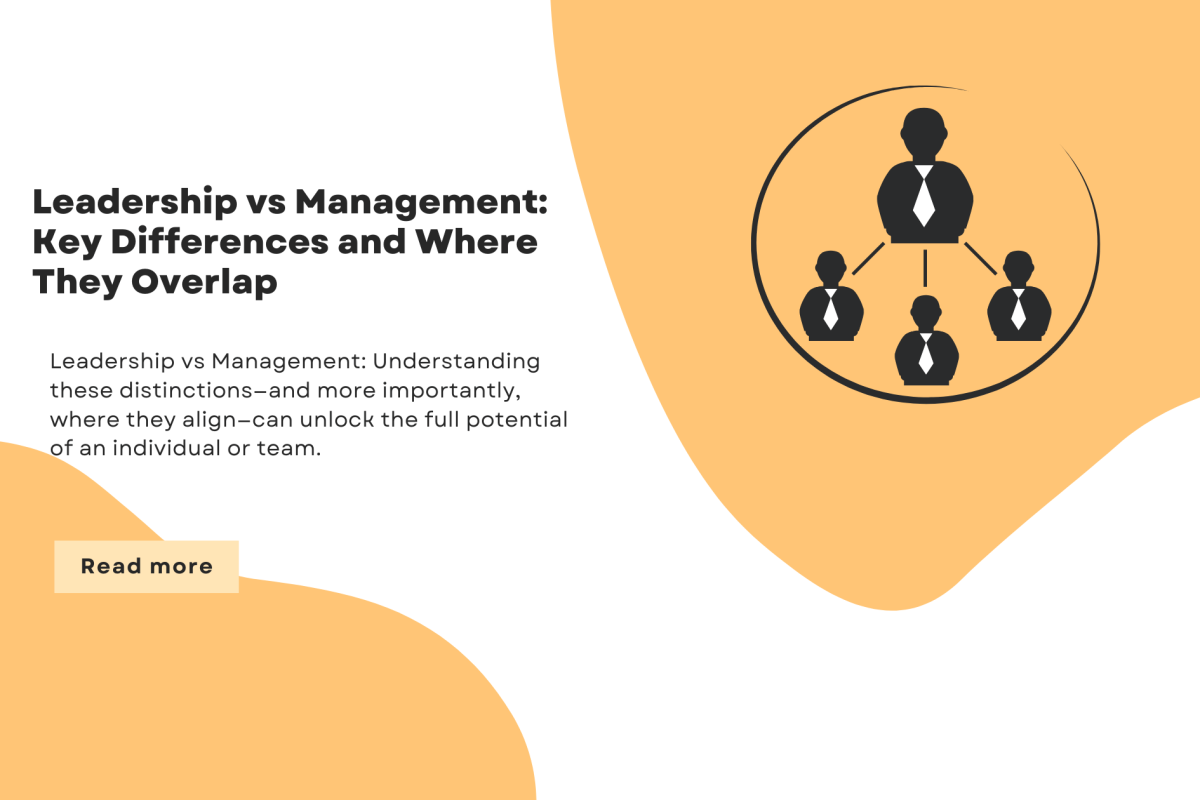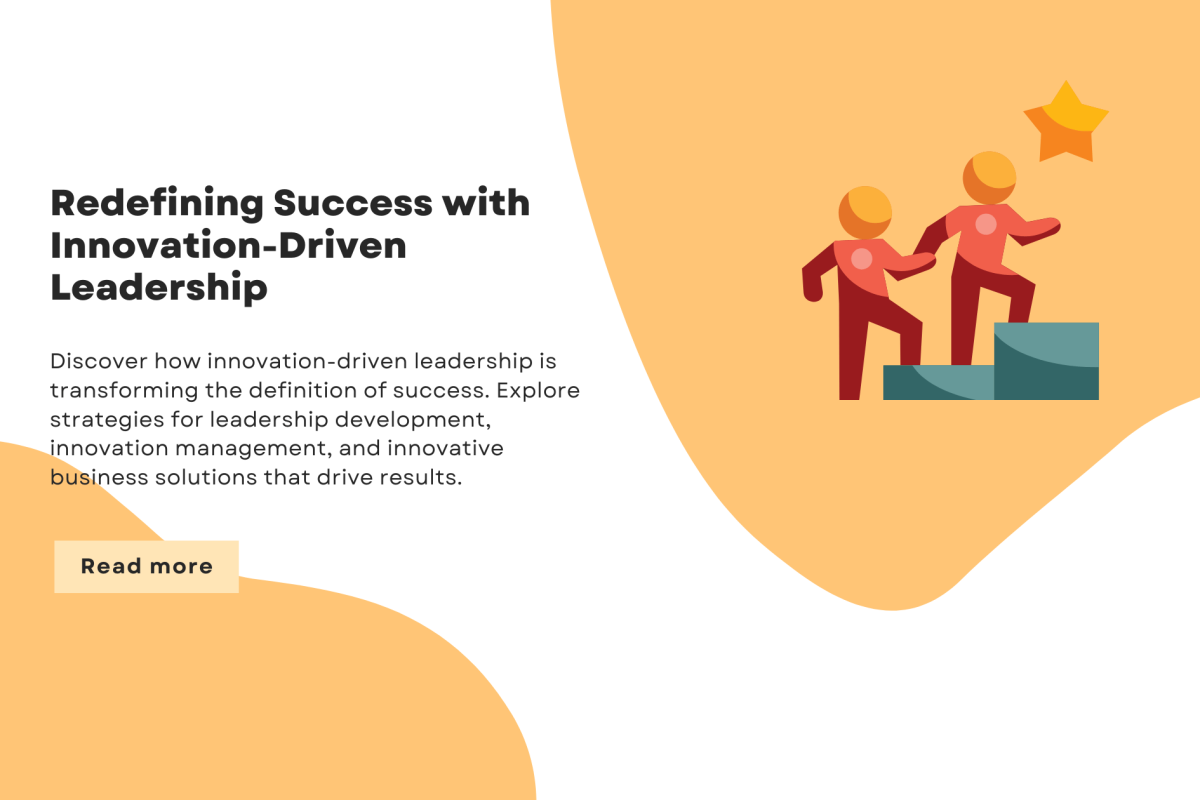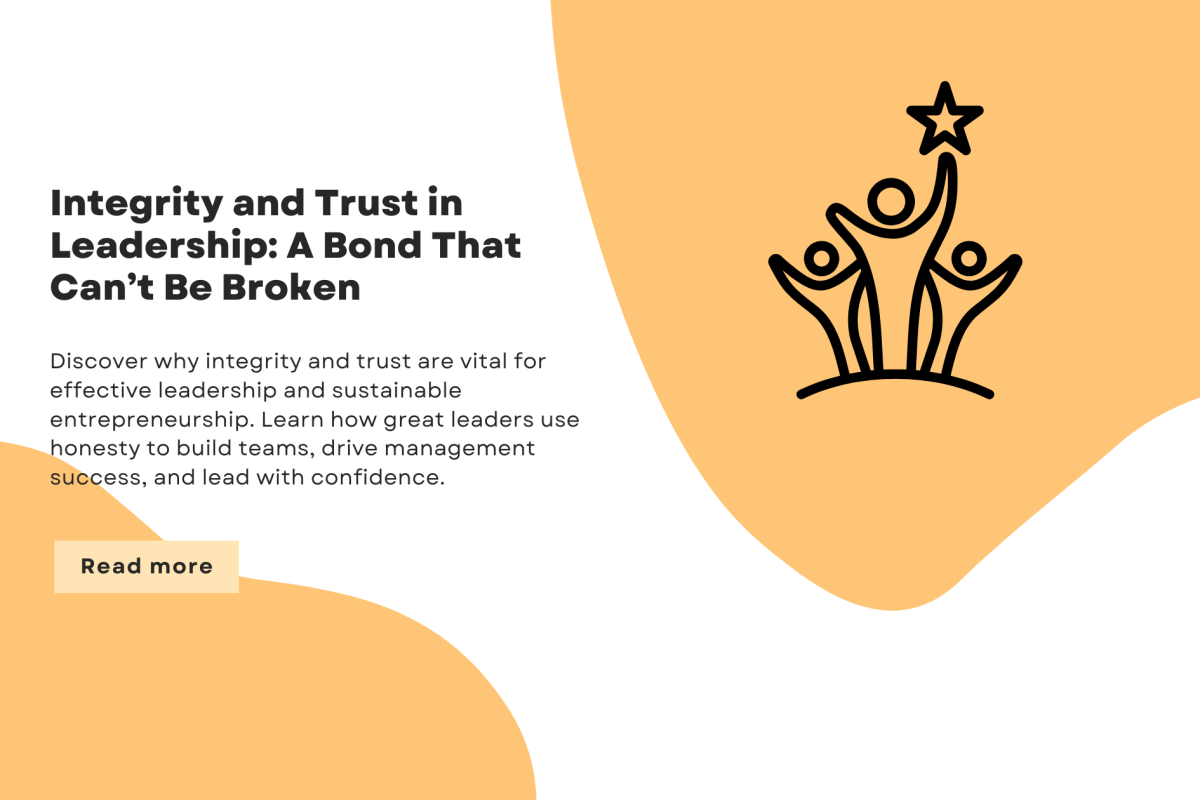In the 21st century, businesses face unprecedented levels of disruption—from technology shifts and climate change to political unrest and global pandemics. Amid such volatility, traditional management is no longer sufficient. Strategic management now requires leaders who can anticipate change, inspire innovation, and pivot effectively. This blog examines how leadership has become the cornerstone of modern strategic management.
The Changing Landscape of Strategy
Strategic management used to be a linear process: assess, plan, execute. Today, strategy is iterative and agile. It must evolve with market conditions, customer behavior, and technological advances. This shift calls for leadership that is visionary, flexible, and inclusive.
The Leader’s Role in Strategic Thinking
1. Vision Crafting
Leaders define the long-term vision that acts as the foundation of strategy. This involves identifying emerging trends, interpreting data, and forecasting future states of the business.
2. Risk Management
Strategic leaders must weigh calculated risks and foster a culture that embraces smart failures as part of learning.
3. Aligning Culture with Strategy
Leadership defines values and cultural norms that support strategic goals. Without cultural alignment, even the best strategies fail.
4. Stakeholder Engagement
Leaders build bridges across departments, industries, and communities. Their ability to manage stakeholder expectations strengthens organizational resilience.
Strategic Leadership Qualities

- Systems Thinking
- Resilience
- Empathy
- Global Perspective
- Decision-making under uncertainty
Strategy Execution: The Leadership Multiplier
Many strategies fail not because they’re flawed, but because they’re poorly executed. Leaders are vital in:
- Clarifying priorities
- Ensuring team buy-in
- Measuring progress through KPIs
- Addressing roadblocks early
Case Example: Netflix
Reed Hastings transformed Netflix from a DVD rental service into a global streaming giant. His leadership in pivoting business models, investing in original content, and embracing data analytics exemplifies strategic leadership.
Tools to Support Strategic Leadership
- SWOT and PESTLE analysis for external/internal insight
- OKRs to link vision to execution
- Balanced Scorecards for performance monitoring
- Design Thinking to generate user-centered innovations
Conclusion
Leadership today is inseparable from strategic management. Organizations led by forward-thinking leaders not only survive disruptions—they thrive in them. Strategic vision, culture alignment, and execution depend on leadership that’s bold, thoughtful, and future-ready.
Want to learn more about how innovation shapes the future of economies and communities? Stay tuned for more powerful insights and inspiring ideas from today’s changemakers! For more information, click here



